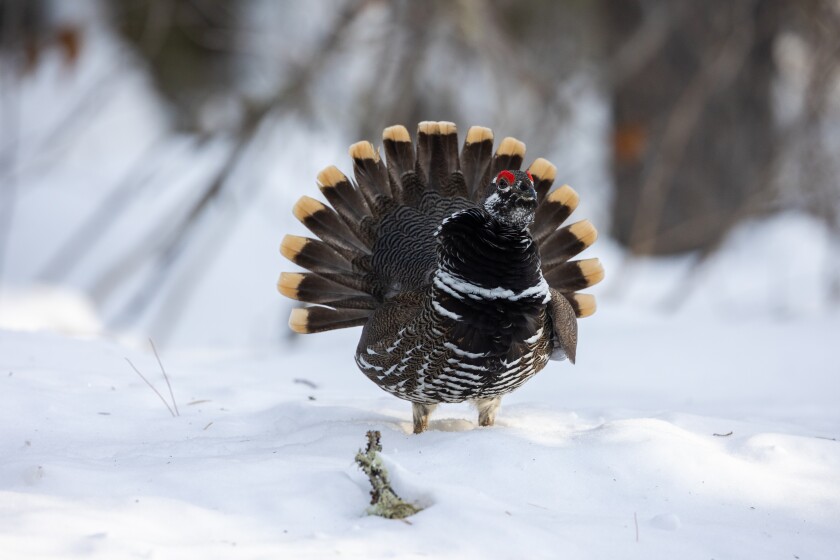TOFTE, Minn. — It had snowed a few inches overnight, maybe the first snow that would stay for winter, and on a frigid morning earlier this month, Thomas Spence was excited.
Spence, who lives just north of Tofte near Minnesota’s North Shore of Lake Superior, was ready to get out and track — anything, really, but especially snowshoe hares that he hoped would lead him to a Canada lynx or two to photograph.
ADVERTISEMENT

“There are a couple of weeks in the fall, especially the moose rut and the fall colors, that are hard to beat for outdoor photography,” Spence said. “But winter, as much as it can be tough up here, is probably my favorite time of year for photography. … When I see those first tracks in the snow each winter, it’s really exciting.”
It’s the long, dark-sky nights he likes for capturing the aurora borealis, the dazzling snow-framed sunrises and sunsets, ice patterns and sea smoke on Lake Superior and the fact that “wildlife photos just seem to pop in winter, they stand out so well.”
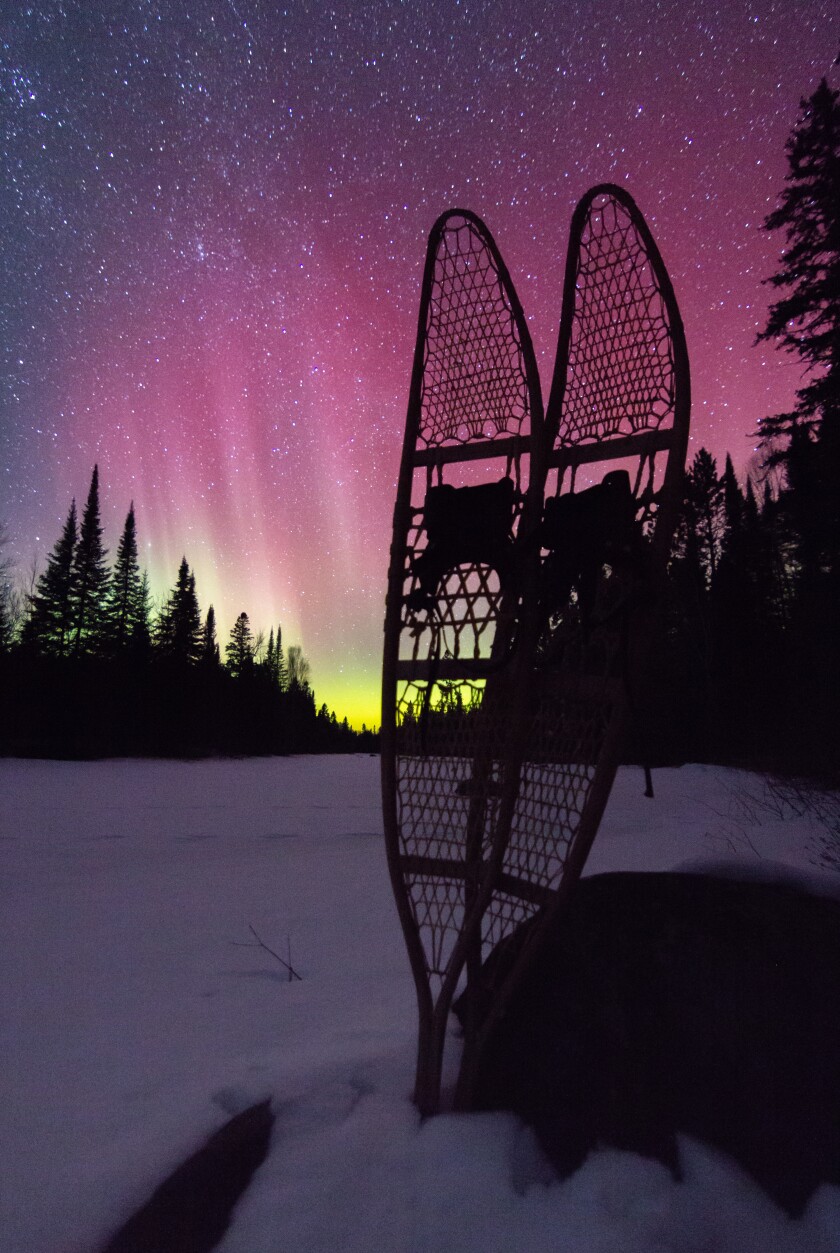
Spence, 49, has emerged as another in a long line of North Shore outdoor photographers who have made names for themselves in recent years capturing the essence of one of the last bastions of wilderness in Minnesota.
Spence made some news back in 2018 when he captured images and video of a lynx family playing on a road in winter. The cats hung around for several minutes, giving Spence a great chance to capture images. They also stayed close to the same area for several weeks, and didn’t seem to mind when Spence returned to get even more images.
A story on his cat encounter appeared on the front page of the News Tribune and his video went viral on social media.
“That did help me get my name out there. It got picked up by Animal Planet and Warner Brothers UK and it got me into some magazines,” Spence noted.
What had been a very avid hobby has now become a bona fide side gig for Spence, who lives along the Sawbill Trail, just up the hill from Lake Superior. His day job is building cabins and homes across Cook County’s wild lakes and woods and along Lake Superior. And that allows him to see an abundance of wildlife and natural phenomena simply by commuting to job sites every day.
ADVERTISEMENT
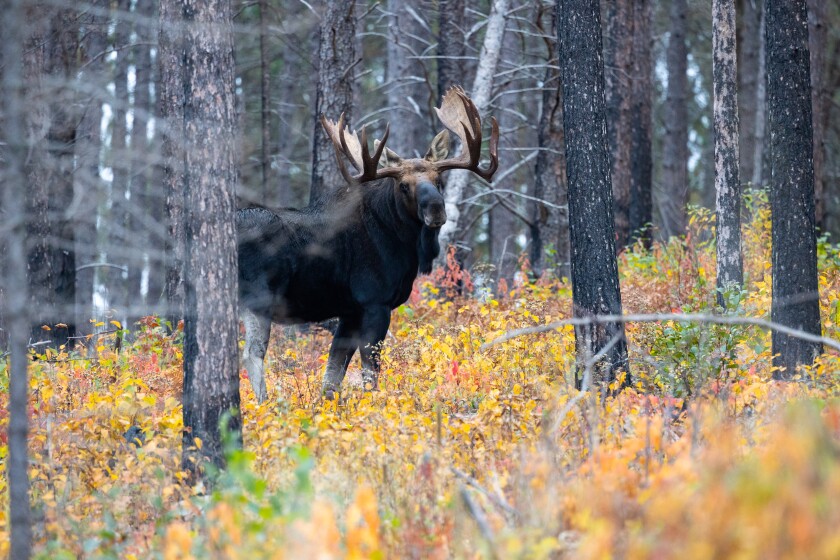
“When I leave home, if I turn left, I can be on Lake Superior in minutes for sunrise or sunset. If I turn right, I am in the Superior National Forest, where I see moose, bear, wolves, lynx and more on a fairly regular basis,” Spence said.
“Most of my serious photos come on specific, planned trips where I can get out and spend time,” he said. “But just driving to and from work every day, those are great scouting trips. ... And I’ve been lucky to have some really great bosses who will let me be a little late if I see something that I just have to stop and photograph.”
Spence didn’t get a serious camera, a digital point-and-shoot, until 2007, when he quit “a long drinking career" and needed a hobby to fill in all his extra time. He started taking landscape photos — fall colors, streams, Lake Superior’s moods — and then purchased his first digital single-lens reflex camera in 2011. The more he was outdoors taking photos, the more wildlife he saw. And he soon added a longer lens to his gear bag.
Since then Spence has focused on wildlife, not just taking photos, but studying their habitat and their habits. Learn your subject’s feeding habits, their mating periods, the birthing periods, what times of day they are most active, and you stand a better chance of getting better photos, he said.
“My advice, if you want to photograph wildlife, is really get to know what you want to photograph,” he said. “To do this right, you can't just count on chance encounters. I do a lot of driving. I do a lot of walking. I do a lot of canoeing. And because I've gotten to know their patterns, their habits. … I’ve come to understand the seasonality of wildlife.”
In spring and fall, it’s the bird migration. In winter, he tracks animals as they hunt to survive. In fall, he knows moose and other critters are mating, and in early summer, many critters are nesting or having their young.
“It’s little things, like, after the moose rut (in September) they tend to stay in groups into October and early winter and they kind of stay in the same place together, so that’s when you can really get great shots of groups of moose,” Spence said, noting he once captured six moose in one photograph — four bulls, a cow and its calf.
ADVERTISEMENT
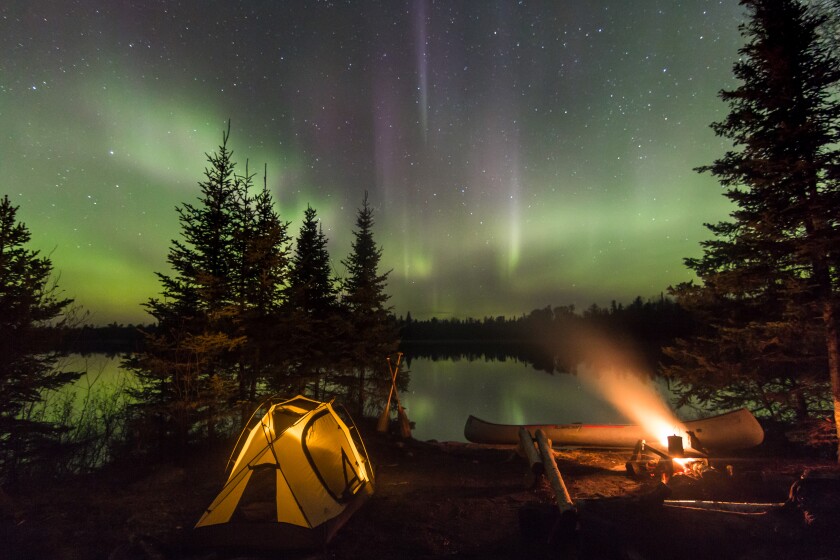
Spence has had photos appear in a wealth of regional and national publications, including Lake Superior Magazine, Backpacker Magazine, Minnesota Conservation Volunteer Magazine, Warner Brothers Television Productions U.K., Animal Planet, the Washington Post, Virgin Atlantic Travel Blog, Minnesota Monthly Magazine, Space Weather, Omega Watches Lifetime Magazine, Minnesota Outdoor News and Northern Wilds.
The News Tribune recently asked Spence to answer a few questions about his passion for outdoor photography:
Q: Are you a North Shore native or a transplant? Where did you grow up?
A: I grew up in The Twin Cities area, played in a punk rock band in high school. We also lived in Montana for a while when I was younger, often visiting Yellowstone and the Grand Tetons. I've been on the North Shore in Tofte since 1994. I was working in radio at KMGO/KCOG radio in Centerville, Iowa, for a while and wanted a change.
My parents had a cabin on Lake Superior, so I decided to live there for a summer and work at Bluefin Bay and figure out my next steps. I was 20 years old. I quickly fell in love with the BWCA, the lakes and rivers and the people and just never left!
Q: Did you have a mentor or other photographer you admired?
A: Bryan Hansel and Travis Novitsky have been two of my favorite photographers over the years. They both live on the North Shore, and it's their landscape and night sky photography that originally inspired me. Wildlife photos of Jim Brandenburg were an early inspiration on the animal subjects.
Q: What has been your most popular image so far?
A: Probably a campfire northern lights scene or a Canada lynx family.
ADVERTISEMENT
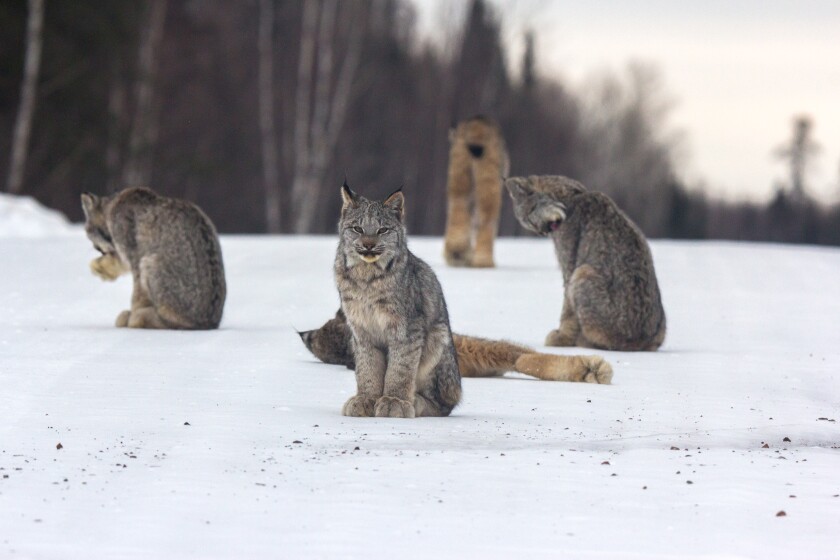
Q: Do you have any plans to quit your day job and do photography full time?
A: Someday I would like to guide/teach small groups, possibly have a gallery on my property at home. For now, it's just a very serious hobby.
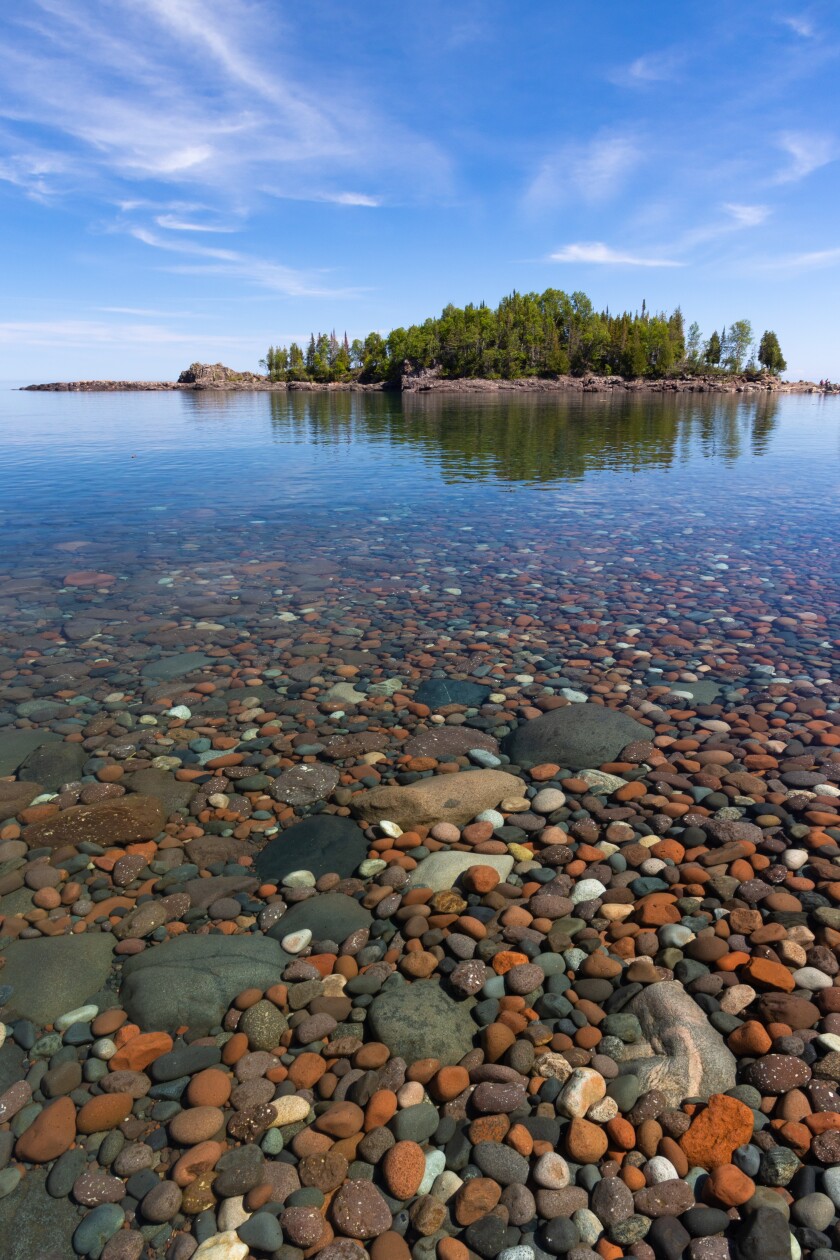
Q: You have many images of moose. Obviously, they are an iconic species in Northeastern Minnesota, but you also must have a personal attachment to them?
A: I have been personally witnessing the decline of the moose population in Northeastern Minnesota. I feel like I took them for granted over the years. When I first moved here in 1994, it was common to see them on the back roads, often every trip when fishing or grouse hunting or exploring.
As the decline started, I was just getting into more photography. I figured I was in a unique position to photograph them as much as possible with my location and travels. They say the herd has stabilized, and I think I am seeing that as well.
People ask me why I don't go to Wyoming or Alaska to photograph moose. I'm interested more in our Minnesota moose right now.
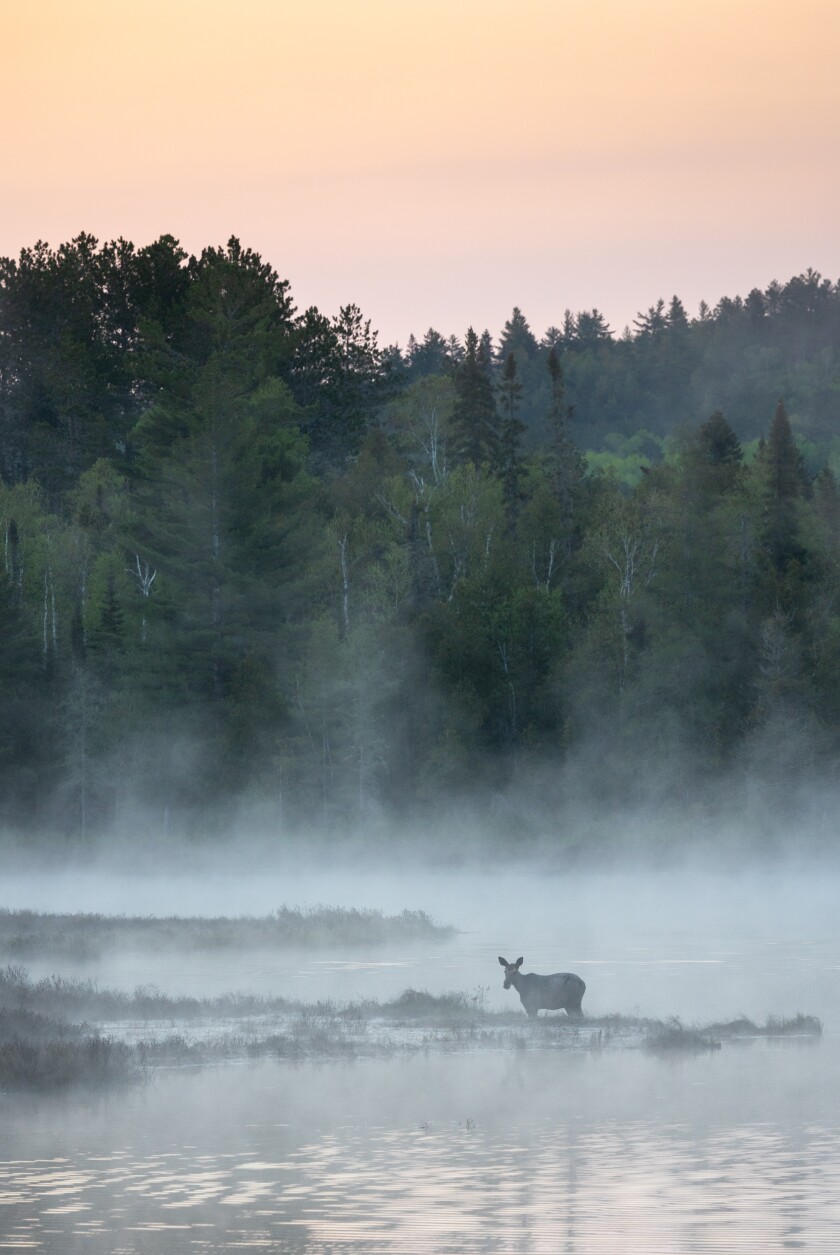
ADVERTISEMENT
Q: What’s your favorite subject to photograph?
A: Moose, lynx, birds and northern lights.
Q: What’s the most difficult thing to photograph in the wild?
A: For me, it has been the fisher! I have seen many, including in the past few weeks, but I have never photographed one. Moose and lynx are easy compared to those guys!
Q: You capture a lot of stunning images early in the day when many of us are still sleeping. What makes early mornings so special outdoors?
A: It's by far my favorite, most productive time for photos. So much happens in the predawn and sunrise hours. The temps are changing; there's sea smoke, fog, frost, sunrise colors. The wildlife are often at their most active. Feeding, preening, foraging. It's a time of awakening and change. It's when the light is the best for photography as well.
So when I am lucky, everything aligns. The moose eating in the swamp with smoke on the water, pink skies in the background. The things dreams are made of. They can only happen at the magical hours of the morning.
Q: Other than photography, do you have other outdoor activities you take part in?
A: Fishing, camping, canoeing local lakes and BWCA routes.
Q: Do you have any books or projects coming up?
A: I have a 2023 calendar available and sell prints online. I have one or two small projects in the works, nothing big or notable.
ADVERTISEMENT
